
Under the BWSC theme 'Dream bigger. Go farther,' Bridgestone supports challengers in achieving their dreams.
Read about the Kogakuin University solar car showcase event below and find out the highlights of BWSC.
“The best team hardly makes any mistakes”-highly advanced technologies from all over the world compete at BWSC
“It’s not an overstatement to say that the race result is determined a minute before the race actually begins”
This is the comment Hiroto Hamane, the director of the Kogakuin University solar team as well as a mechanical system engineering professor, made about Bridgestone World Solar Challenge (BWSC).
On June 4, 2019, a solar car was displayed at Tokyo Square Garden which is located in Kyobashi, Tokyo. It was ‘OWL,’ the solar car designed by Kogakuin University, that won the second prize in the Cruiser Class race in BWSC 2015.
Held in celebration of World Environment Day, the event attracted not only solar car fans but also foreign tourists and office workers.
The race result is determined a minute before the race actually begins-competing for the best solar technology at BWSC
The Kogakuin University solar team was established in 2009 and they are celebrating their 10th anniversary this year. The team has won awards in both national and international competitions. The director Mr.Hamane is thoroughly aware of the importance of technology in making solar cars, hence the comment was made about BWSC.
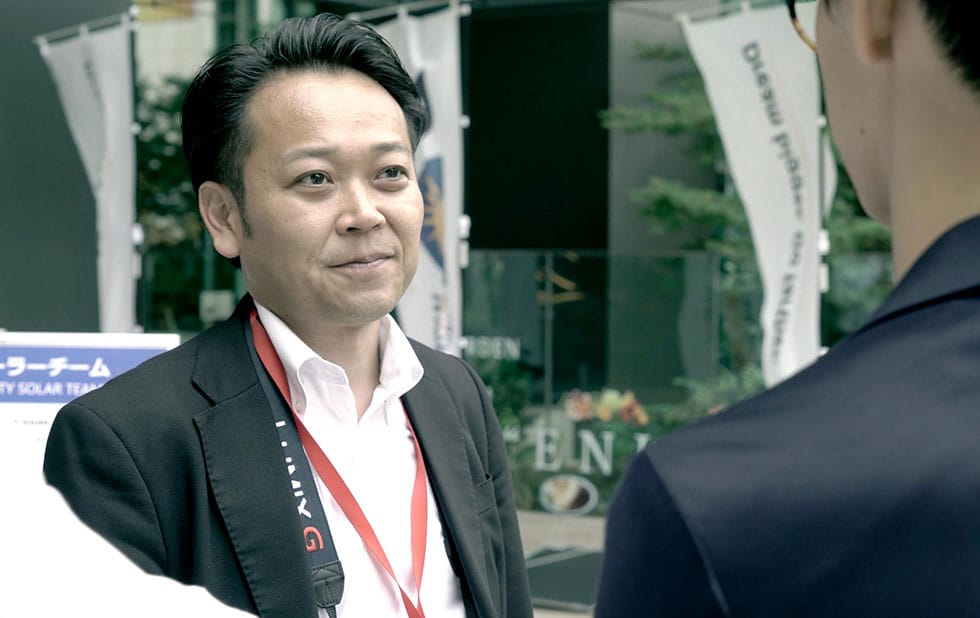
Mr.Hamane:“The best team hardly makes any mistakes in the race. It is obviously important that we use our strategies during the race, but ultimately, it is the aerodynamic performance and the quality of the vehicle that differentiates the winning team from the rest. This is why we put all our effort and energy into preparing the vehicle until the last minute before the race begins.”
One minute before the race begins-that is the defining moment for the teams to make most of their studies and technical skills. There are two important factors according to Mr.Hamane: advanced technologies and high-level design.
Mr.Hamane:“In terms of advanced technologies, we have the carbon fiber fabrics which we used for ‘OWL’. They usually weigh 120g per 1㎡, but we made ours much lighter and thinner-60g per 1m2, which is 0.06mm in thickness. We introduced the fabrics for the first time in BWSC 2015 and they were used in Formula 1 later on.”
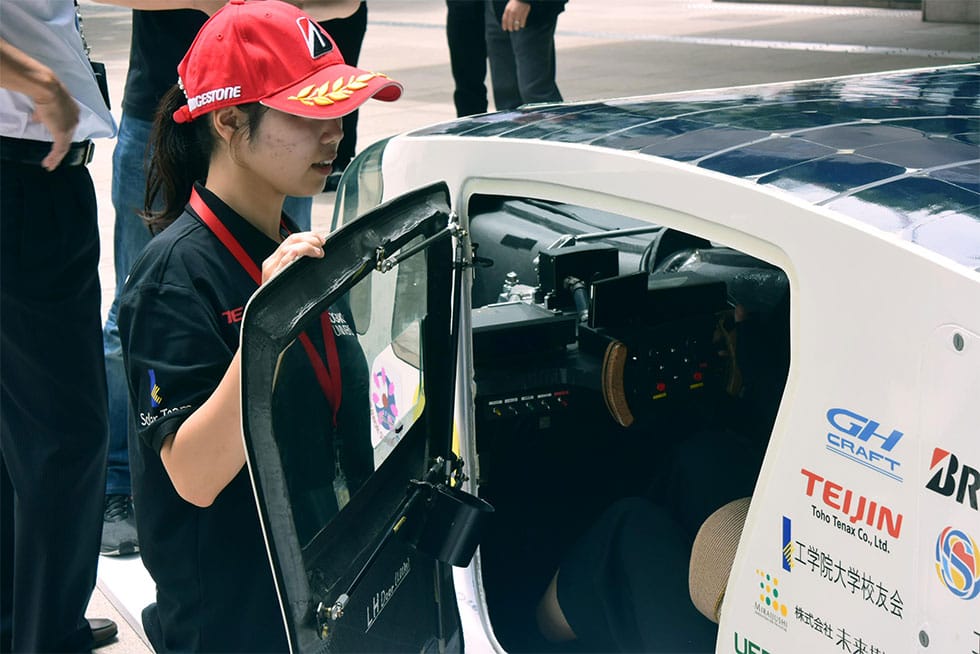
Those carbon fiber fabrics were first brought into use when they were still a research topic. The fabrics were made officially available after ‘OWL’ proved to be be ideal in weight and strength.
Mr.Hamane:“I always tell the sponsors developing vehicle parts with us to create ‘something even better’. Companies usually provide us with parts and materials that can guarantee a good result, but for me, that is not good enough. It is essential that we have customized the parts with which we can challenge the unknown.”
On top of advanced technologies, high-level designing is crucial. Even if you have the best-quality parts, the end product would not be of a high standard without appropriate technical skills. You have to be on the level of ‘space development’.
Mr.Hamane:“Cars usually make a lot of noise when running fast, but when the highest level of solar cars run, you can only hear the sound of tires even at the speed of 100km/h. This is because cars with better aerodynamic performance experience less air resistance, only leaving the sound of tires rolling to be heard. You can’t win this race if you lose energy through air resistance. In other words, even a small loss of energy by the air resistance will end up losing the race.”
Even a 1mm bump could make you lose
‘OWL,’ the solar car displayed at the event, is a two-seater model whose caved bottom is reminiscent of a tunnel for better aerodynamic performance. As well as winning the second prize in BWSC 2015, ‘OWL’ holds the record at a national solar race in Japan.
However, in 2017, Kogakuin University has decided to compete in a more motor-sport like, speed-focused Challenger Class instead of Cruiser Class.
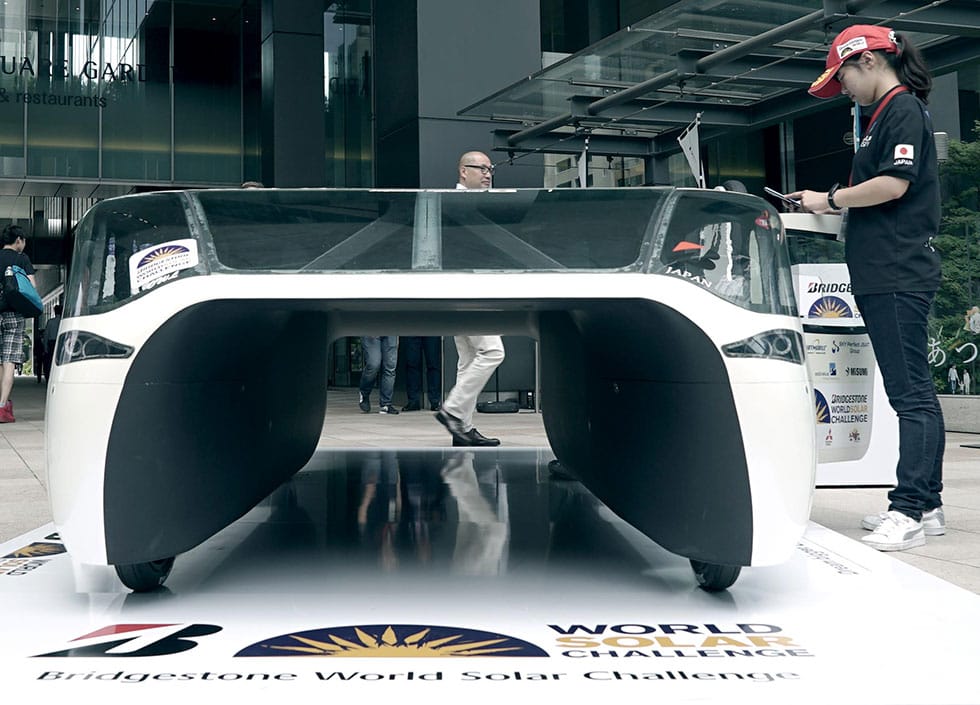
Mr.Hamane:The best teams in Challenger Class compete at a very high level, and each team represents the effort and passion of their university and country. Rules are much simpler in Challenger Class; the fastest team who cross the finish line wins. Although we knew it would be a challenge for us, we wanted to try.”
In Cruiser Class teams are judged not only by the order they reach the finish line, but also by several other factors.One time the solar cars were judged according to how closely they could finish the race to the specified time.
On the other hand, Challenger Class is simply about finishing as fast as possible. It is the race that all the teams with the most advanced technologies compete in. Mr.Hamane explained how intense the race is while pointing at the sticker on ‘OWL’.
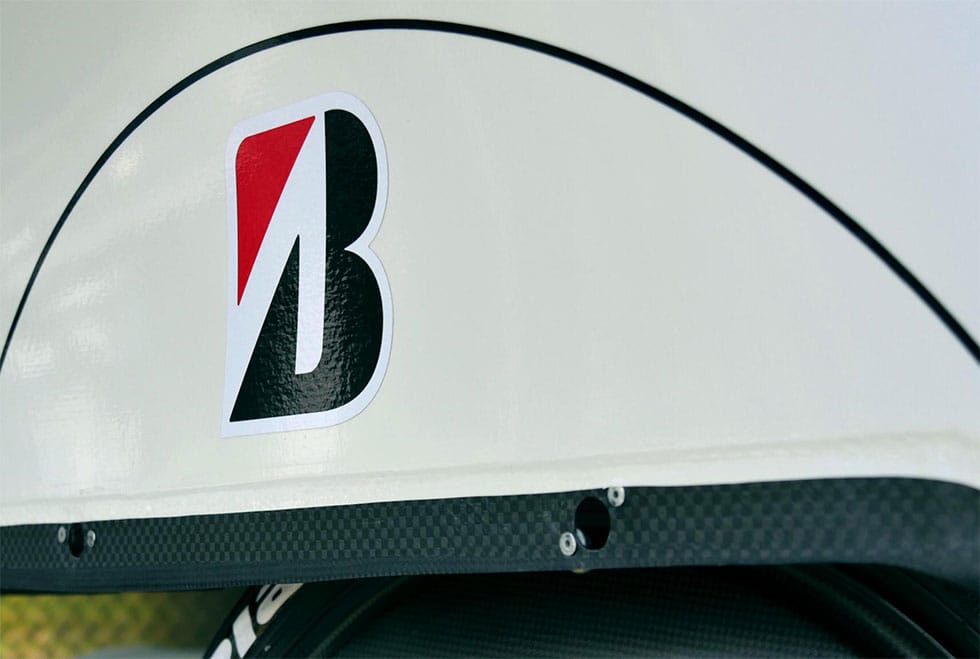
Mr.Hamane:“This sticker is an example. If you’re in Challenger Class, this less-than-1mm bump created by these stickers could cause fatal race result; it can make you lose. The Challenger Class team vehicles need to be printed on the body instead of putting stickers for the sake of reduced air resistance. That is how intense this class is.”
The social contribution made through mobility, people and the environment
BWSC is an opportunity for global-scale technological progress to be showcased. The skills and experiences gained through this race can be used for the betterment of society just like the carbon fiber materials introduced by Kogakuin University were brought into use in Formula 1.
Nana Nakajima from the Bridgestone Brand Communication team says that both technologies and talents (people) from BWSC are put to good use.
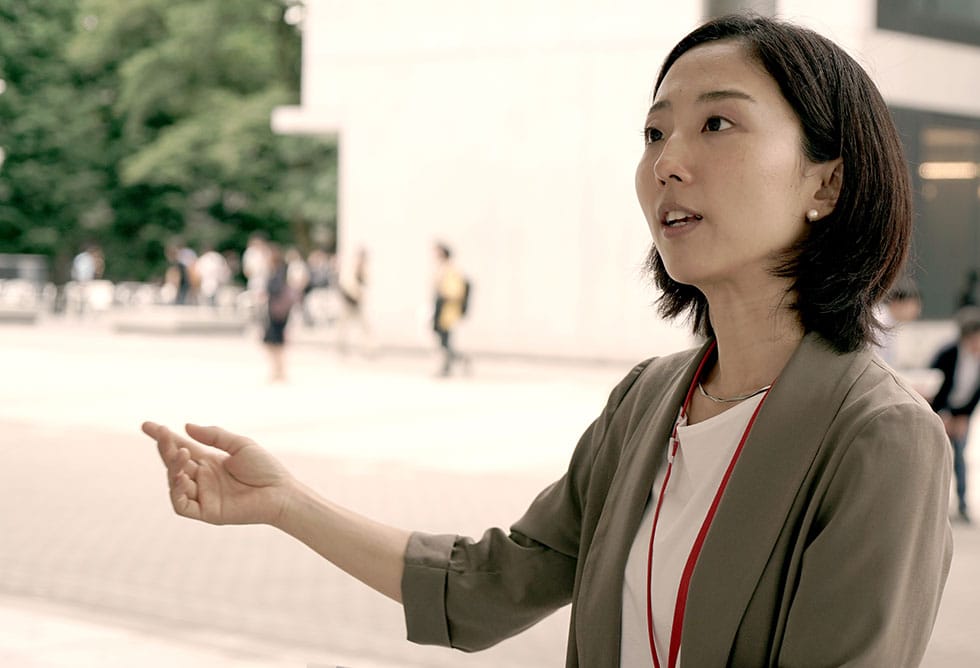
Nakajima:“The technologies used to develop solar cars have definitely been applied to the development of vehicles for commercial use as well. Also, the people who were involved in BWSC including the students from Kogakuin University have been putting their knowledge and skills into good use at car manufacturing or in automotive industry. Such contribution defines the purpose of BWSC-responsibilities for the future of mobility.”
BWSC is one of the important projects at Bridgestone, one of the reasons being it is because tightly aligned with our CSR commitment, relevant to ‘mobility, people, and the environment’.
Nakajima:“BWSC is educational in a way; it not only supports to create the future of mobility through technologies and talents(people) but also empowers the students through the challenge. This environmentally conscious event resonates with Bridgestone’s philosophy, so we are very passionate about it.”
Solar panels as the key to winning 2019 BWSC?
Nakajima:“In the last BWSC, high-quality solar panels like the ones used for satellites really set some teams apart from the rest. Knowing the importance of solar panels, every team will come back with better solar panels this year. Some might use similar panels like the ones used by the winning teams, while others may come up with other ways to compete. That is something I am looking forward to seeing this year.”
Mr.Hamane, who has participated in BWSC 2017 and will be participating in this year’s BWSC, agrees with Nakajima.
Mr.Hamane:“Those satellite solar panels left a huge impression. Our team will install this year with similar solar panels, but with special technology, unlike anything other top teams have used before. We must win by using those panels. We have focused not only on speed but also on a lot of aspects until the last BWSC, but we want to just focus on victory this year with our new solar car.”
BWSC will expect high-level technologies from the participants. Each team will be tuning up their solar cars over the next couple of months to prepare themselves for the race. Stay tuned for more to come!
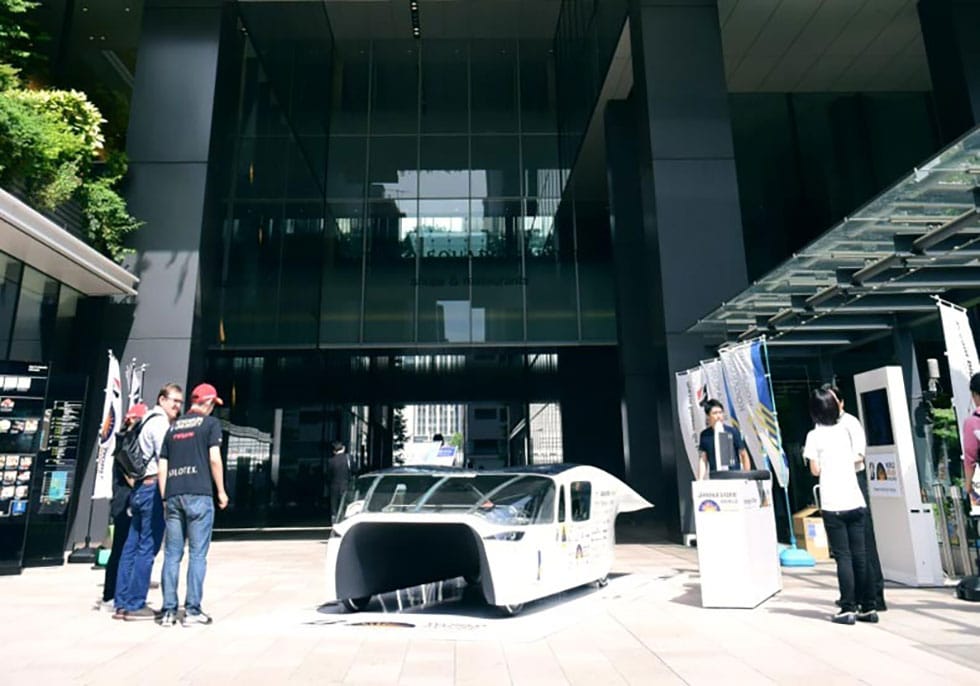

-

Kome, the popular Golden Retriever gives it a try! – A dog jacket that uses solar energy
-

Dressing up tires with stickers for model cars! BWSC collage art piece by Funny Dress-up Lab
-

No blades! A pole-shaped wind turbine, Vortex Bladeless, generates power by shaking.
-
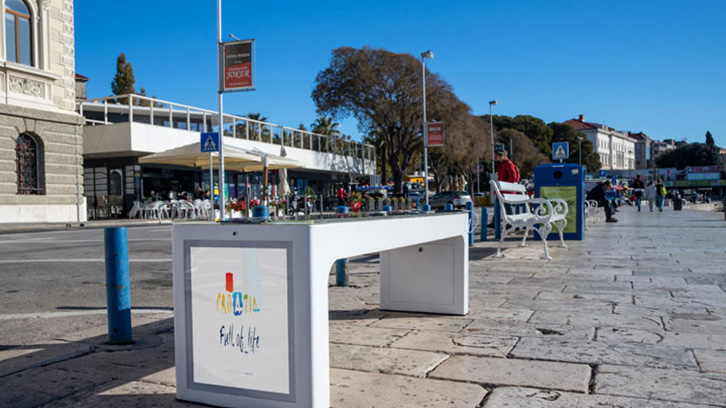
Solar-powered bench Steora as a device charger, Wi-Fi hotspot, advertising display, and CCTV!

-

Kome
Kome is a fluffy, one-year old Golden Retriever. She inherited the territory from her owner’s previous dog, ef. Affectionate and playful, Kome melts everyone’s heart with her sweet baby face in contrast to her impressive physique.efrinman Kome’s owner. She is an illustrator popular for her dog illustrations and comics.

Kome, the popular Golden Retriever gives it a try! – A dog jacket that uses solar energy
-

Funny Dress-up Lab
Collage artist. Fascinated by various aspects of decorative stickers, such as their vivid colors, unique shapes, misregistration, and the fact that they are now dead stock, he has been creating collage works using solely decorative stickers without altering them in any way. He will cease creating these works when the current stock in the world runs out.

Dressing up tires with stickers for model cars! BWSC collage art piece by Funny Dress-up Lab
-

Taku Omura
Product designer. Taku Omura designs personal items, such as household goods and stationery, and develops his own products. His tweet with a hashtag, making proposals for corporate gifts without being asked, often becomes a trending topic on Twitter.

Give it a try! Taku Omura elaborates on solar-powered candy crafts with a magnifying glass
